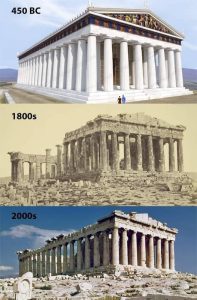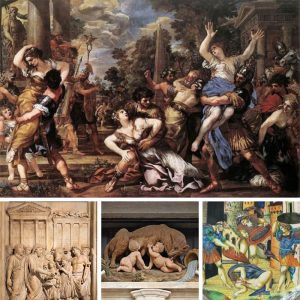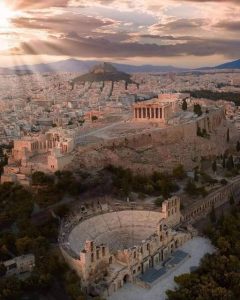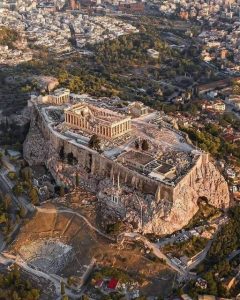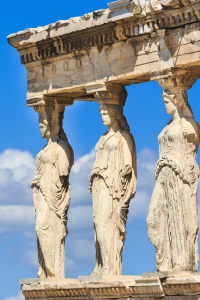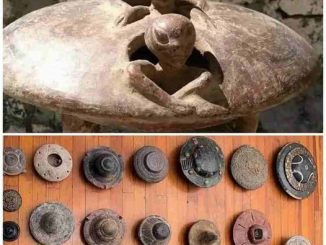Nestled on a rocky hill above Athens, the Acropolis serves not only as a symbol of the glory of ancient Greece but also as a beacon of cultural preservation and historical legacy. The image captured here vividly illustrates the ongoing efforts to maintain and restore this iconic site, showing the Parthenon in a state of repair against the stark, timeless landscape of the Acropolis.
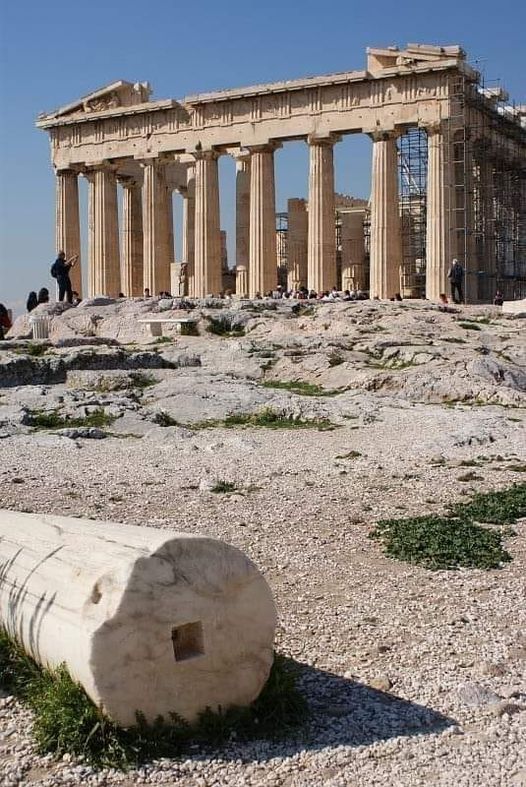
The Parthenon: A Monument to Civilization
The Parthenon, perhaps the most famous structure on the Acropolis, was originally completed in 438 BC during the height of the Athenian Empire. Dedicated to Athena Parthenos, the patron goddess of Athens, the temple is celebrated for its exquisite Doric architecture and the detailed sculptures that adorn it, many of which narrate the rich mythology and history of ancient Athens. Over the centuries, the Parthenon has served many roles, from a temple to a treasury, a Christian church, and a mosque.
The Challenges of Preservation
Preservation of the Acropolis, and the Parthenon specifically, has been an ongoing challenge for conservators. The structure has suffered from natural weathering, pollution, previous restoration attempts with inappropriate materials, and damage from historical conflicts. The current restoration efforts, which are evident in the scaffolding that envelops parts of the temple, aim to stabilize the structure, address issues caused by earlier interventions, and ensure its longevity for future generations.
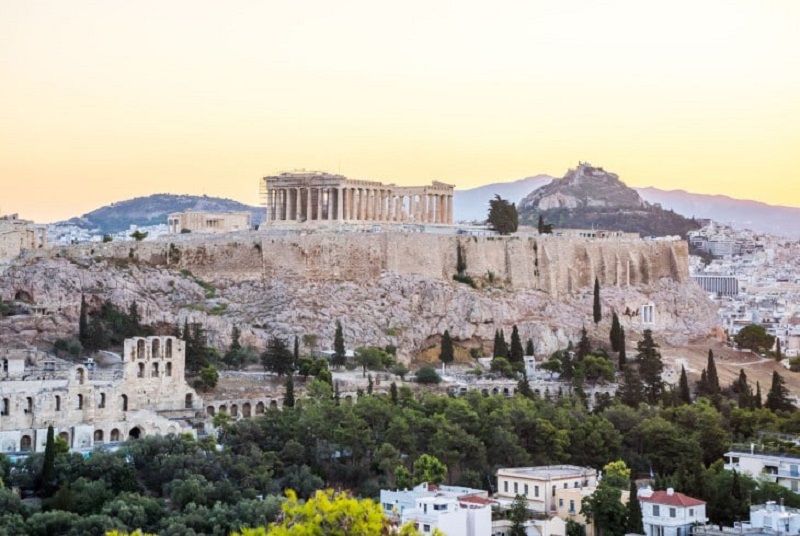
Restoration Techniques and Innovations
The approach to restoring the Acropolis is one of meticulous care and reverence for the original craftsmanship. Techniques involve the detailed documentation of every stone, the use of original materials wherever possible, and the delicate balance between preserving the integrity of the structure and ensuring that it can withstand the pressures of modern environmental conditions. This process is not only about maintaining the physical structure but also about preserving the aesthetic and historical significance of this ancient monument.
Impact and Significance
The efforts to preserve the Acropolis go beyond mere physical restoration; they are also about safeguarding a symbol of democracy, philosophy, and artistic achievement. The Acropolis stands as a testament to the heights of human creativity and the depth of cultural expression. Its preservation is crucial not only for the people of Greece but for the global community, serving as a source of inspiration and a link to a past that shaped the foundations of the Western world.

The ongoing conservation efforts at the Acropolis of Athens, highlighted by the ongoing work on the Parthenon, underscore a commitment to cultural preservation and historical accuracy. For visitors and historians alike, the Acropolis remains a profound symbol of ancient prowess and timeless relevance, a reminder of what humanity has achieved and what we must continue to protect. Through careful conservation, the Acropolis will continue to enchant and educate for many generations to come, bridging the ancient past with the present and future.
